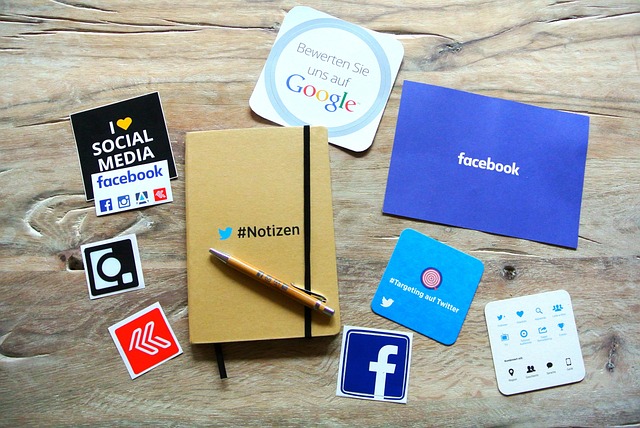Ghost kitchens, optimized for online orders, face staffing challenges despite automated operations. Artificial Intelligence (AI), leveraging machine learning, addresses this by predicting demand and automatically scheduling staff shifts based on order patterns and peak hours, reducing costs and enhancing efficiency. AI container cost optimization techniques minimize idle time, optimize breaks, and reduce overtime pay, lowering overhead expenses. Implementing structured AI integration involves evaluating current operations, setting goals for automation, selecting suitable AI solutions, conducting pilot tests, monitoring results, and encouraging collaboration between teams and developers to ensure successful adoption.
“In the dynamic food industry, ‘ghost kitchens’—virtual restaurants without physical storefronts—are on the rise. This innovative business model presents unique staffing challenges due to fluctuating demand and operational efficiency requirements. Leveraging AI for automated staffing recommendations offers a promising solution for ghost kitchen operators aiming to optimize container cost optimization. By analyzing data, AI can predict demand patterns, enabling efficient staffing levels that reduce costs while maintaining exceptional service.”
- Understanding Ghost Kitchens and Their Unique Challenges
- The Role of AI in Optimizing Staffing for Cost Reduction
- Implementing Automated Systems: A Step-by-Step Guide to Success
Understanding Ghost Kitchens and Their Unique Challenges

Ghost kitchens, also known as cloud kitchens or dark restaurants, have emerged as a revolutionary concept in the food delivery landscape. These are essentially dedicated cooking facilities designed exclusively for online orders, often serving multiple brands under one roof. With no walk-in customers, ghost kitchens focus on cost optimization by streamlining operations, from preparation to delivery. This model has gained immense popularity due to its ability to cut down overhead costs and improve efficiency, especially in densely populated urban areas.
However, managing a ghost kitchen presents unique challenges. Staffing is one such critical aspect. Traditional staffing methods may not be optimal for these highly automated facilities. Here’s where AI comes into play. By leveraging machine learning algorithms, AI can analyze order patterns, predict demand, and automatically schedule staff shifts accordingly, ensuring a balanced workforce to meet the fluctuating needs of various food brands operating from the same kitchen. This smart approach to staffing not only reduces costs but also enhances overall operational effectiveness, making ghost kitchens even more efficient and successful in today’s fast-paced food delivery market.
The Role of AI in Optimizing Staffing for Cost Reduction

In today’s competitive food delivery market, efficient staffing is paramount for ghost kitchens—or cloud kitchens—to manage soaring demand while keeping costs low. Artificial intelligence (AI) emerges as a powerful tool in this optimization process, aiming to revolutionize how these kitchens allocate their resources. By leveraging machine learning algorithms, AI can analyze vast datasets on customer orders, peak hours, and employee productivity to forecast staffing needs accurately. This predictive capability ensures that ghost kitchens have the right number of staff during busy periods, minimizing idle time and labor costs.
Furthermore, AI container cost optimization techniques enable these kitchens to streamline their operations. Smart scheduling systems, powered by AI, can create efficient work shifts, reduce overtime pay, and optimize break times, all while maintaining service levels. This level of automation not only lowers overhead expenses but also enhances overall kitchen efficiency, allowing for faster order fulfillment and improved customer satisfaction.
Implementing Automated Systems: A Step-by-Step Guide to Success

Implementing Automated Systems: A structured approach is key to successfully integrating AI ghost kitchen automated staffing recommendations. Begin by assessing your current operations, identifying pain points in staff scheduling and order management. Next, define clear objectives for automation, focusing on areas like cost optimization through efficient labor allocation, enhanced order accuracy, and improved customer satisfaction.
Select an AI solution tailored to your kitchen’s unique needs, considering factors such as order complexity, peak hours, and delivery dynamics. Pilot the system with a controlled rollout, testing its performance in a smaller scale before full-scale implementation. Continuously monitor and analyze results, fine-tuning algorithms based on real-world data for optimal accuracy. Foster collaboration between your team and AI developers to ensure smooth integration and address any challenges that arise during the transition to automation.
AI-driven staffing solutions offer a promising path forward for ghost kitchens aiming to optimize operations and reduce costs. By implementing automated systems, these kitchen networks can efficiently manage labor allocation, ensuring adequate staff during peak hours while minimizing expenses during lulls. Through machine learning algorithms that analyze historical data and real-time trends, AI can predict demand patterns and adjust staffing accordingly, ultimately enhancing customer experiences and maximizing profitability in this dynamic food delivery sector.
